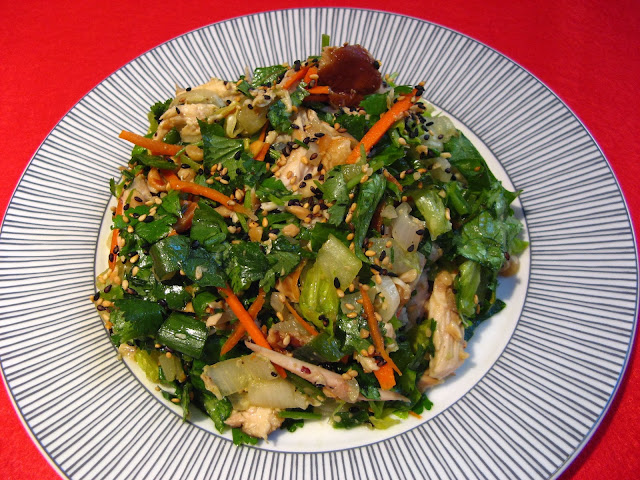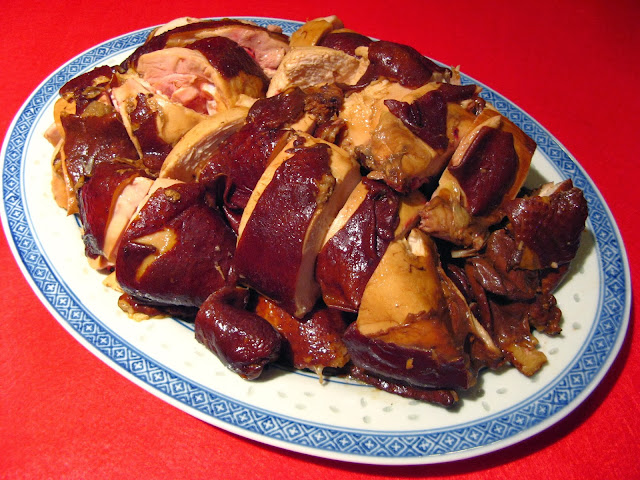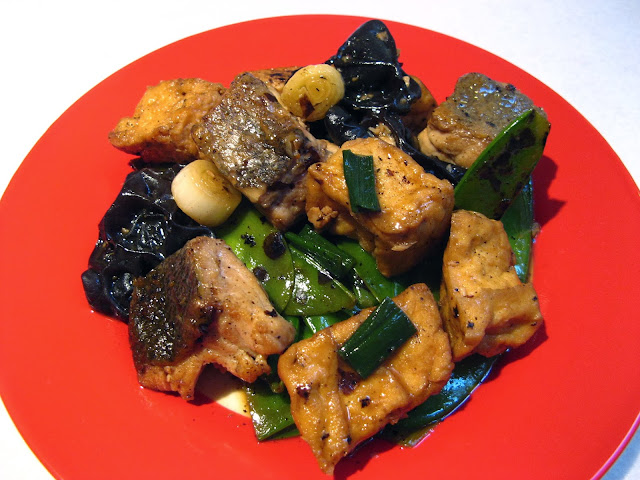This
Asian spiced inspired slow cooker recipe has its origins from the Mexican
Pulled Pork (Carnitas) recipe, which was adapted from the Mexican
Pulled Pork recipe at America’s Test Kitchen. Their original premise was to
develop a recipe that did involve lard or deep frying to produce the carnitas’
crispy outside. Their solution, after oven-braising the pork in a Dutch oven
(this recipe uses the slow cooker instead), was to use the broiler after
coating the pork with a reduction of the remaining liquid and fat. The method
works great and I’ve modified their technique to use the barbeque grill instead
of the broiler to get a smokier flavor incorporated into the pork.
The resulting
carnitas are soft on the inside and a crispy brown on the outside, with that
distinctive smoked flavor from the grill. The condiments are also
Asian inspired with spicy Sriracha sauce adding a distinctive spicy hot kick to
the dish.
Enjoy!






